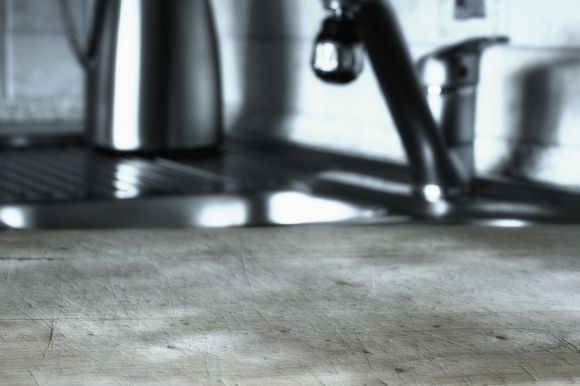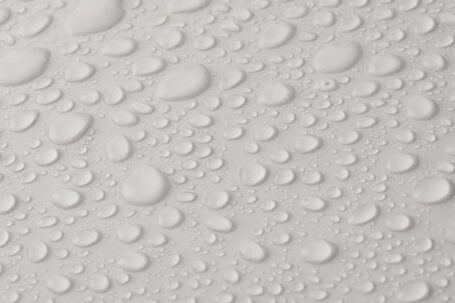A water heater is an essential appliance that provides us with hot water for various daily activities. It’s important to properly maintain your water heater to ensure its longevity and efficiency. Neglecting regular maintenance can lead to costly repairs or even the need for a replacement. By following a few simple do’s and don’ts, you can keep your water heater in optimal condition.
Do’s:
1. Regularly inspect for leaks: Check your water heater for any signs of leaks or drips. Even a small leak can indicate a larger problem. If you notice any leaks, it’s crucial to address them promptly to prevent further damage.
2. Drain and flush the tank annually: Over time, sediment can accumulate at the bottom of your water heater tank, affecting its efficiency and performance. Draining and flushing the tank annually helps remove this sediment. Follow the manufacturer’s instructions for proper draining and flushing procedures.
3. Test the temperature and pressure relief valve: The temperature and pressure relief valve is a safety feature that prevents excessive pressure buildup. To ensure it’s functioning correctly, test it once a year. Simply lift the lever and let it snap back into place. If the valve doesn’t release water or doesn’t reset, it may need to be replaced.
4. Insulate the pipes and tank: Insulating your water heater and pipes can help reduce heat loss, resulting in energy savings. Use insulation sleeves or blankets specifically designed for water heaters. Be sure not to cover the thermostat or the temperature and pressure relief valve.
5. Keep the area around the water heater clear: Remove any clutter or debris from around the water heater. This includes flammable materials such as paint cans or gasoline. Adequate airflow is necessary for the water heater to function properly and safely.
Don’ts:
1. Ignore strange noises or odors: If you notice any unusual noises, such as banging or popping, or strange odors coming from your water heater, it’s essential not to ignore them. These could be indications of a problem, such as a buildup of sediment or a malfunctioning component. Contact a professional plumber to diagnose and address the issue.
2. Set the temperature too high: Setting the water heater temperature too high not only poses a safety risk but also wastes energy. The recommended temperature setting is 120 degrees Fahrenheit (49 degrees Celsius). This is hot enough for most household needs while also preventing scalding accidents.
3. Neglect professional maintenance: While there are many maintenance tasks you can do yourself, it’s important not to neglect professional maintenance. Having a licensed plumber inspect your water heater annually can help identify any potential issues early on and ensure proper functioning.
4. Allow the tank to overheat: Excessive heat buildup in the tank can cause the pressure relief valve to fail, leading to a potential explosion. Make sure the temperature and pressure settings are within the recommended range and that the relief valve is functioning correctly.
5. Forget to turn off the power before performing maintenance: Before performing any maintenance tasks that involve electrical components, such as draining the tank or replacing the heating elements, ensure that the power to the water heater is turned off. Failure to do so can result in electric shock or damage to the appliance.
In conclusion,
Proper water heater maintenance is essential for its longevity and efficient operation. By following these do’s and don’ts, you can ensure your water heater remains in optimal condition, saving you money on repairs and energy costs in the long run. Regular inspections, draining and flushing, and professional maintenance are key to keeping your water heater running smoothly. Remember to address any issues promptly and always prioritize safety when performing maintenance tasks.



